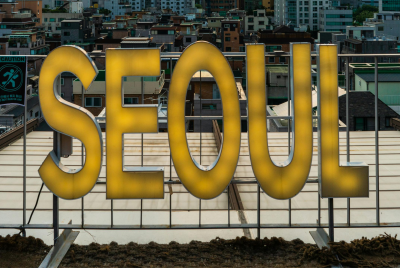Italy: Mount Etna Volcano Erupts [SLIDESHOW]


Italy's Mount Etna, Europe's highest active volcano, has erupted for the first time in 2012, emitting a 5,000 metre-high column of hot ash in the sky.
Researchers at the National Institute of Geophysics and Volcanology said the lava flow focused in the summit area of the volcano, coming from the New South East Crater.
Eruptions sometimes last for days and though the activity can disrupt flight to Catania airport, it presents no danger to villages nearby.
Mount Etna is 3,290 metre-high and regularly awakens to blast out lava and ash.
Lava was also seen flowing from a new crater on the southeast side of the summit toward the uninhabited Valle del Bove region, according to the Catania Institute of Geophysics and Vulcanology.
Mount Etna erupted several times in 2011, sending lava sprays hundred metres into the air but causing no damage or casualties in the area. In January last year, Italian authorities were forced to close airports for a couple of hours, waiting for the ash cloud to clear out.
An eruption in May 2008 was accompanied by hundreds of earthquakes and ground deformations in the summit area. One of the most spectacular episode of lava fountaining occurred in 2007, when an eruption on the east side of the Southeast Crater also produced a plume of ash and scoriae which fell over the east side of the volcano.
In 2002, a large eruption could be seen from space and ash fell as far away as Libya south of the Mediterranean Sea. Seismic activity caused the eastern side of the volcano to slip by up to two metres. Houses on the flanks of the volcano experienced structural damage.
© Copyright IBTimes 2025. All rights reserved.






















